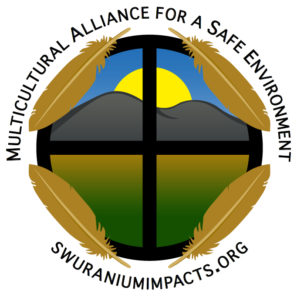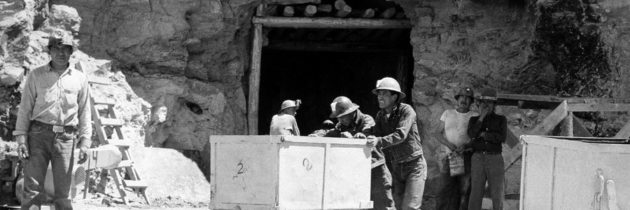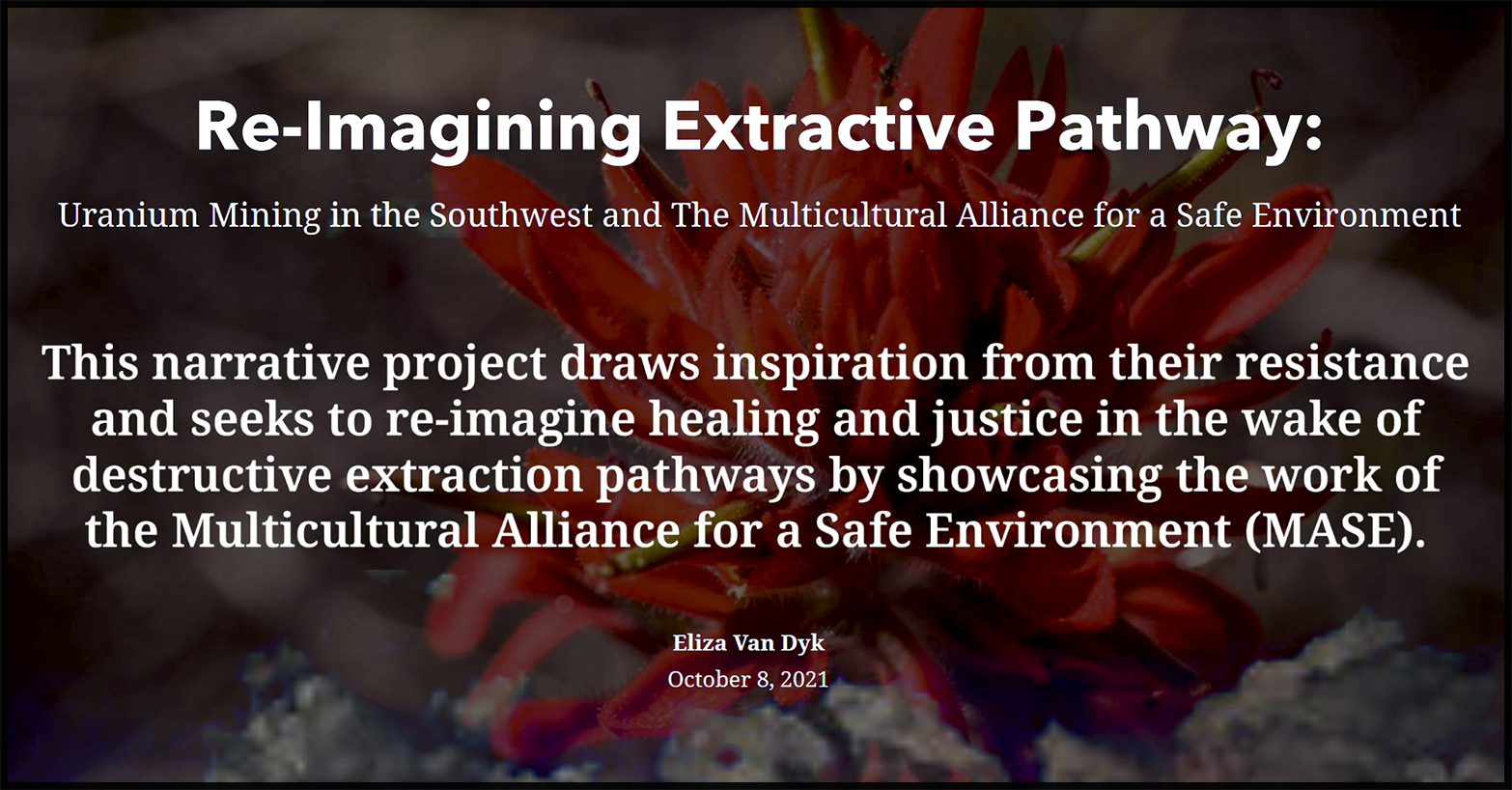The US Nuclear Weapons Program Left ‘a Horrible Legacy’ of Environmental Destruction and Death Across the Navajo Nation
COVE CHAPTER, Ariz.—Phil Harrison walks the Lukachukai mountain range that towers over the Cove Chapter of the Navajo Nation in northeast Arizona. The mountains rise against a clear blue sky, and the red sand is dotted with sagebrush and flowers.
On a clear, warm day in May, he pauses, picks up a sprig of sagebrush and rubs it between his hands.
“This is good medicine; it restores your brain,” he says.
He brings the crushed sage to his nose and inhales the sharp scent, holding out his hand and showing the green leaves in his palm. “Boil it, run it through a filter and you can drink that and it restores your memory, provides youth,” he says, then drops the sage and adds, “but I don’t know if this is contaminated.”
He shakes his head and moves on.
Despite the stunning beauty of the 27,000-square-mile Navajo Nation, which encompasses parts of Arizona, New Mexico and Utah, the land is marred by a toxic history: a “horrible legacy” of uranium mining and processing that began in 1944, with the U.S. nuclear weapons program and has slowly killed Navajo miners and their families, littered the land with 523 abandoned mines and tainted pristine aquifers with radioactive ore and the dry air with radioactive dust.
It’s a legacy Harrison is intimately familiar with.
Harrison, 70, and his father Phil Harrison Sr., were both uranium miners. Harrison worked in the mines for only three months, but his father worked there for 20 years and died at 44 from lung cancer. The 1990 Radiation Exposure Compensation Act presumes that an increased incidence of lung cancer and other respiratory illnesses among the miners was caused by large doses of radiation and other airborne hazards they were exposed to.
The Navajo fought for years to have this law enacted. To date, $2.5 billion in benefits have been paid out to 37,000 claimants—uranium miners and so-called “downwinders” affected by nuclear weapons testing in the 1950s and 1960s at the Nevada Test Site, 65 miles northwest of Las Vegas.
Now, with the law scheduled to “sunset” in July 2022, another reckoning is at hand, as Harrison and other Navajo activists, downwinders, Catholic leaders and peace and environmental organizations like the Union of Concerned Scientists lobby Congress to extend the act and add new beneficiaries. Those include all uranium miners who have come down with cancer or respiratory illnesses since 1972 and thousands of additional downwinders in Nevada and Arizona.
“The tragic legacy of uranium mining on the Navajo Nation continues to this day, perhaps to an extent that would not have occurred if it weren’t taking place in a rural American Indian community,” Navajo Nation President Jonathan Nez told a House Judiciary subcommittee in March. In prior testimony, he referred to the Navajo’s “horrible legacy,” and said that “past uranium activity has devastated Navajo families, traditions, and our Mother Earth.” (excerpted)
To read and download the complete article click on this link.






